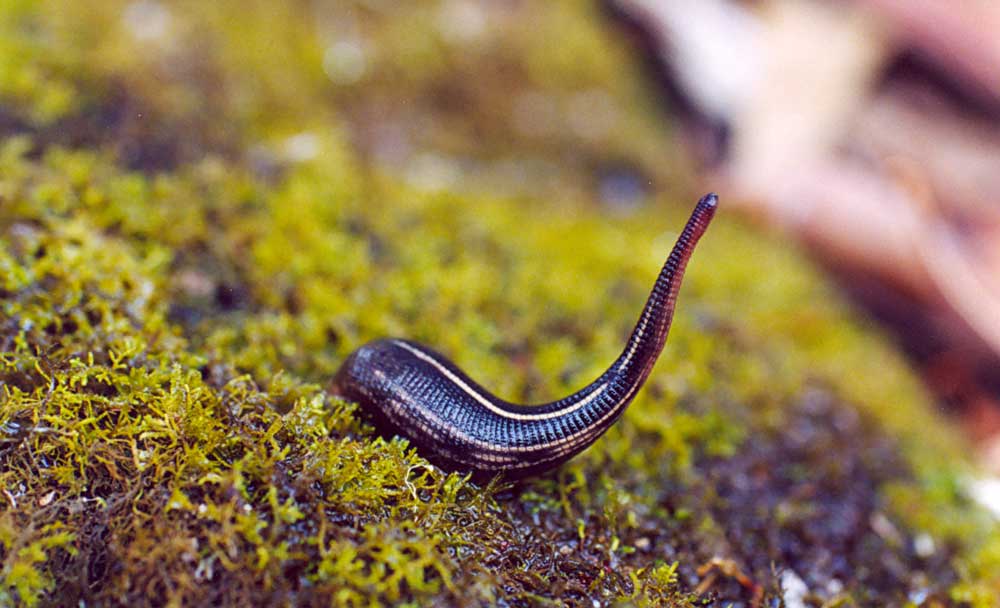A picturesque rural landscape, spacious enclosures for the livestock, and a cozy farmhouse with — this is what millions of people imagine when they hear the word “farm.” They have no idea how diverse farms can be. Genetically modified animals, coffee plantations covered in elephant dung, and a bunch of bugs — these and many other kinds of farms can be found all over the world. Let’s see what else is out there!
1. Spider-goat farm, USA
At the University of Utah, there’s a goat farm where the animals are being fed, cared for, and milked. Sounds like a regular old farm, right? Well, the only odd thing about this farm is that the local goats have been genetically enhanced — they have been grafted with the spider gene, which now allows them to produce silk along with their milk.

2. Black Ivory Coffee Farm, Thailand
The exclusive Black Ivory coffee is well known to many fans of the “black bean soup,” but not everyone knows where and how it is produced. The farm that produces coffee beans is located in Thailand, so you already know the elephants are involved somehow. In fact, these gigantic animals play a key role in the production of this elite coffee brand. The elephants eat the coffee beans and, after a while, poop them out. One kilo of this fancy coffee costs about $1,000.

3. Leech Farm, UK
Despite how advanced modern medicine is, leeches are still incredibly important. The farm is not the most pleasant environment to work in, but it pays good money and helps people. Swansea Farm’s clients include health centers and hospitals from all over Europe, and the farm supplies them with about 60,000 leeches every year, netting over 1 million GBP annually.

4. Snail Farm, Australia
A few years ago, Alistair and Linda Primrose from Tasmania noticed that their garden is getting swarmed with snails and thought, “Hey, let’s make a living out of this!” Today their ecologically clean snail farm is one of the most respected in the world, proving just how juicy those snails are.

5. Pearl Farm, French Polynesia
There’s a small family farm in French Polynesia that grows pearls in natural conditions. This farm produces the highest quality pearls, which do not harm the shellfish population in the ocean. Pearl oysters are packed in baskets or nets, which are hung vertically at a depth of about six meters. They stay there for two years until pearls are formed in their shells.

6. Bird Nest Farm, Malaysia
One of the weirdest farms on the planet is all about gathering swiftlet nests. The swiftlet nests, made of the birds’ sticky saliva, are a unique delicacy enjoyed by gourmets across the world. The Georgetown farm has created ideal conditions for birds. The nests obtained on the farm are served in the best restaurants of Asia, Europe, and the US as an expensive exotic dish and are also used to make the famous bird’s nest soup.

7. Xiongsen Bear and Tiger Farm, China
One of the most controversial farms in the world is located in one of the mountainous regions of China. This is the Xiongsen farm, which breeds bears and tigers. A few years ago, the purpose of breeding animals was only one — for their meat. Given that the tiger population has declined to critical levels in recent years, it becomes clear why the farm’s activities have received so much criticism and outrage from every possible direction. And that’s not to mention how the animals were treated there. It’s such a disgusting side of humanity.

8. Insect Farms
Speaking of disgusting, here’s a place crawling with roaches, and it’s not a New York apartment. Scientists have argued for decades that insects have every chance of becoming the food of the future, and these cockroach, cricket, and mealworm farms are already scoring big. Even if you are not hungry enough to have a crunchy cockroach snack, these bugs can be sold to the fishermen or just be fed to pigs. They’re cheap, grow fast, and require minimum effort. Crickets and mealworms, for example, can be ground into flour or eaten like juicy popcorn. In 10-20 years, these insect farms will be the norm.

